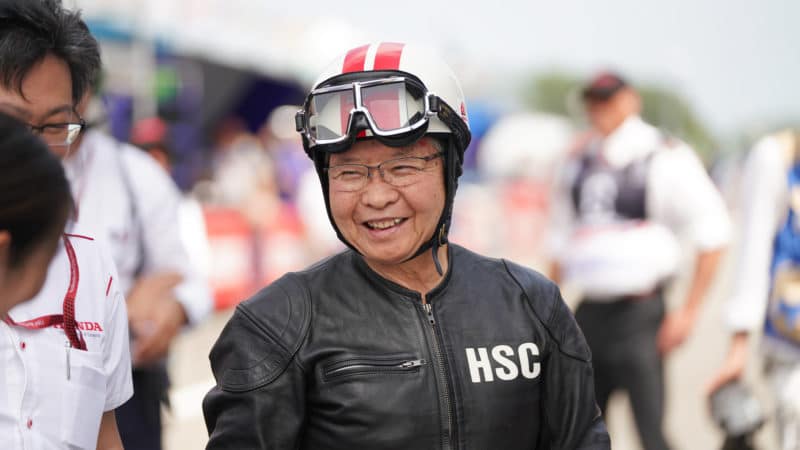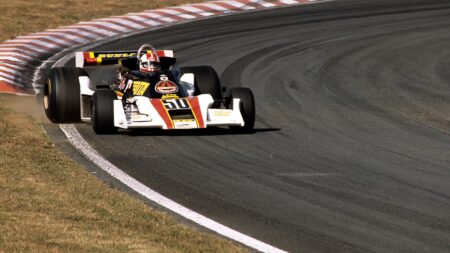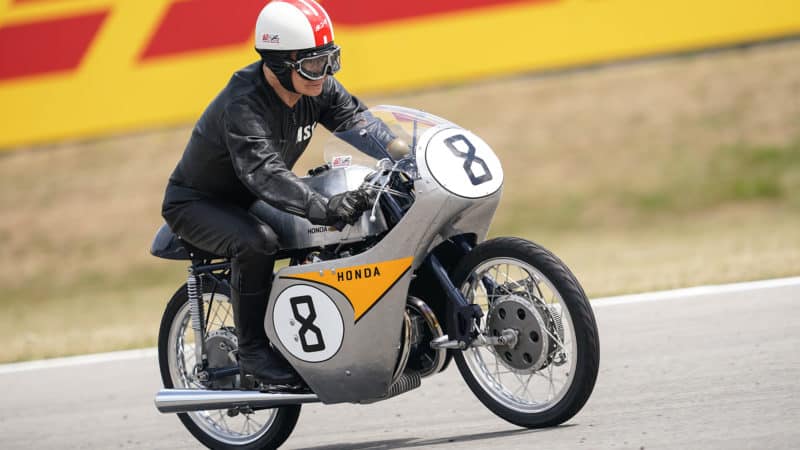Indeed the entire Honda team was stunned by what they found when they travelled from Japan to Europe, which would be something like travelling from the Earth to Mars now.
“We flew into Amsterdam airport and drove on the E10 to Honda’s workshop in Rotterdam,” recalls Michihiko Aika, the mechanic who became one of the main architects of Honda’s 1960s successes. “It was a very beautiful highway but I felt immediately that our job was impossible. I realised the west was much further ahead, the speeds were very different, in Japan it was bumps and dirt and everyone doing 40 to 50km/h [25 to 30mph], in Holland they were moving at 100 to 120 [60 70 75]. It was a big gap.”
Takahashi had only raced on dirt roads in Japan, so his very first race on asphalt was his first Grand Prix, the 1960 West German 250cc race at Solitude, where he finished sixth on a four-cylinder RC161, two minutes behind MV Agusta’s Gary Hocking.
Born in 1940, son of a Tokyo motorcycle dealer who imported Nortons and BSAs into the country, Takahashi made his race debut when he was 19-years-old. He entered the 1959 Asama Plains race – one of Japan’s top events – and won the 350cc class aboard a BSA. Honda signed him soon after that.
“Honda was a new company, no one had heard of them, so no European riders wanted to ride for Honda,” he explains. “That’s why Honda looked for young Japanese riders with potential.
“Everyone did everything. I ground valves, washed bikes and built engines”
“At that time, because I was brave and had a kind of kamikaze spirit, I thought I could win easily in Europe. At my first race at Solitude I was thinking I am Japanese, I am quicker, but then many riders passed me, round the outside. I was very shocked.
“We were destroyed by the skills of the riders and the machine technology. But Soichiro Honda told us: we have to make the best motorcycles in the world! And he never, ever gave up challenging.”
The first decade of Japanese involvement in Grand Prix racing is still considered to be one of the sport’s Golden Ages.
The racing was an almighty clash between the two greatest types of internal combustion engine: the four-stroke and two-stroke. Soichiro Honda hated smoky, dirty two-strokes, so his engineers built four-strokes that revved twice as high as the two-strokes, which produce a power pulse every revolution, instead of every other revolution. The 250 six, 125 five and 50 twin all revved way past 20,000rpm, an incredible number now, let alone in the 1960s.






